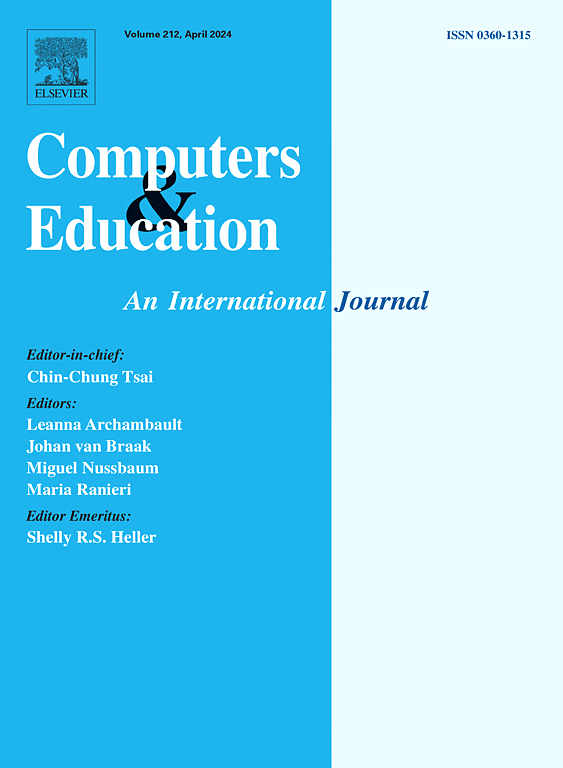The learning analytics of computational scientific modeling with self-explanation for subgoals and demonstration scaffolding
Abstract
The emphasis of using computing tools in scientific practice has called for new forms of scientific modeling. Therefore, researchers are paying increasing attention to computational scientific modeling in which students use the computational power of computers to model and learn about science phenomena. However, computational scientific modeling is challenging since it involves not only scientific concepts but also uses computational representations to model the science concepts. This study hypothesizes that prompting students to self-explain critical subgoals of computational scientific modeling before taking part in the construction of models would help them construct correct computational models. This study recruited 65 10th grade students in a 6-week program. They were randomly assigned to a self-explanation group (n = 29) where students learned with the self-explanation for subgoals of computational scientific modeling, and a demonstration group (n = 36) where the teacher directly demonstrated the modeling process before students took part in the modeling activity. This study collected the students' performance in a paper-based and hands-on modeling test, and also their modeling actions in the hands-on test to understand the impact of the self-explanation scaffolding on their computational scientific modeling. The results showed that the two groups demonstrated similar levels of improvements in the paper-based test, suggesting that both types of scaffolding are helpful for computational scientific modeling learning. However, the self-explanation group demonstrated significantly better modeling quality in the hands-on test. Furthermore, the spotlight analysis found the moderation effect of the modeling actions on the relation between the two treatments and the model quality. The self-explanation group constructed high quality models if they took only a low number of modeling actions. Conversely, frequent modeling actions are necessary for the demonstration group to construct quality scientific models. The results suggest that the self-explanation scaffolding is more effective since students did not simply rely on the trial-and-error strategy, but adopted a strategic approach to constructing scientific models.

 求助内容:
求助内容: 应助结果提醒方式:
应助结果提醒方式:


